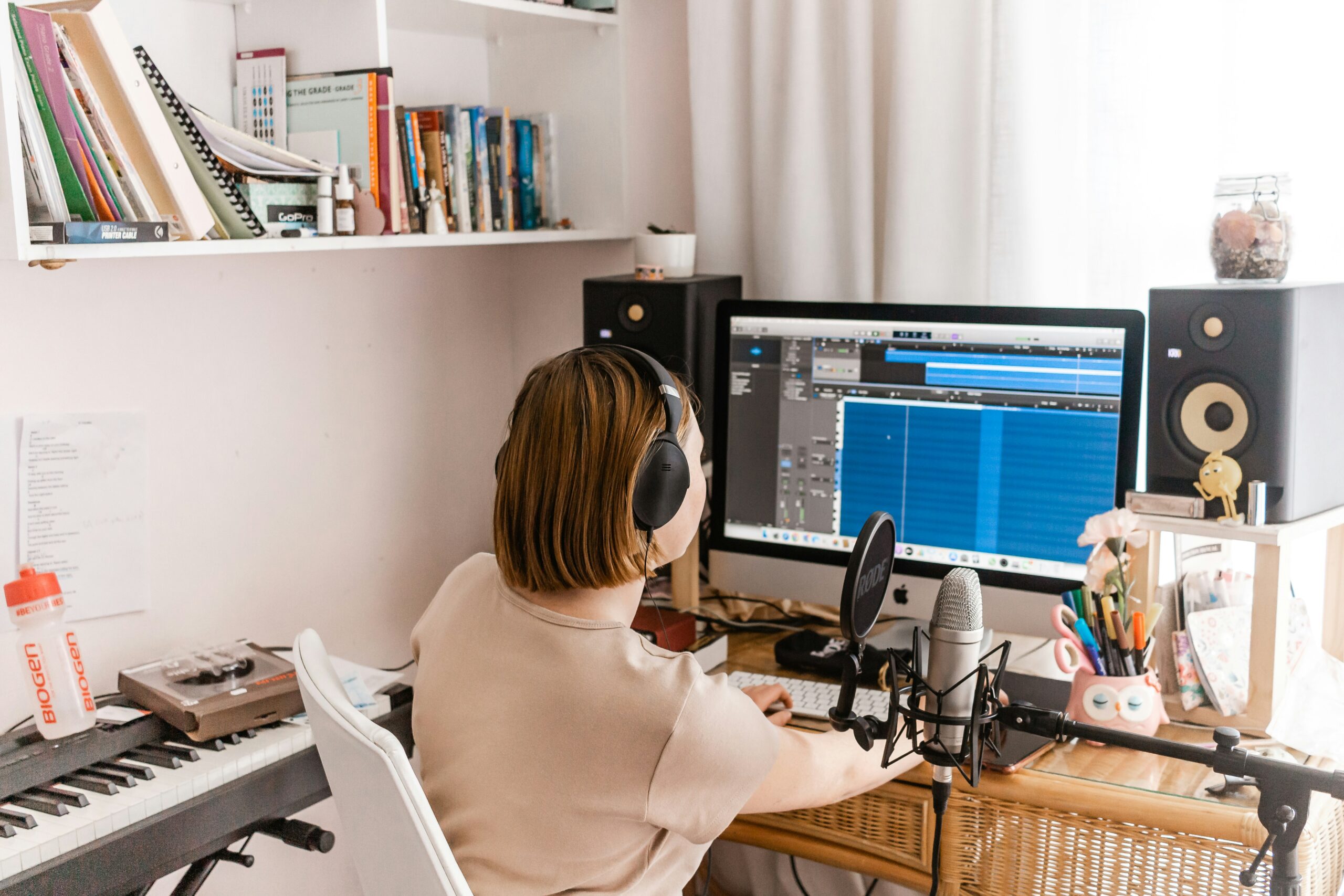
Before diving into advanced techniques, it’s important to understand the core principles of sound quality in a home studio. In this environment, your goal is to achieve clarity and balance in every recording. This starts with knowing how sound behaves in your space and how different factors, like room shape and materials, can affect it. Even the best equipment can produce poor results if the environment is not optimized.
A good foundation means investing time in learning how sound waves reflect, absorb, and interact with surfaces. Once you grasp these basics, you’ll be better equipped to make decisions about your setup, equipment placement, and recording approach.
Optimizing Your Room for Better Acoustics
One of the most critical steps in creating professional-quality sound is treating your recording space. Hard, reflective surfaces can cause unwanted echoes and muddiness, while overly soft surfaces may dull the sound. Balancing these elements is key to achieving a natural tone. Using acoustic panels, bass traps, and diffusers can help control reflections and absorb excessive frequencies.
Additionally, the placement of your workstation and recording gear plays a significant role. Positioning your desk and monitors away from walls and corners can reduce bass buildup and create a more accurate listening environment. Transitioning from untreated to properly treated spaces can make an immediate and noticeable difference in sound quality.
Choosing the Right Microphone and Accessories
Your microphone is one of the most important investments you can make in your home studio. Selecting the right type—whether it’s a condenser for capturing vocals with detail or a dynamic mic for handling louder sources—depends on your recording needs. Each microphone has a unique tonal character, so it’s worth testing a few to find the one that complements your style.
Accessories like pop filters, shock mounts, and boom arms can also enhance recording quality. A pop filter, for example, reduces plosive sounds, while a shock mount minimizes vibrations from your desk or floor. Combining the right microphone with the right accessories ensures a clean, professional sound from the start.
Managing Noise and Interference
Unwanted noise is one of the biggest challenges in a home studio. Background hums from electronics, air conditioning, or outside traffic can easily find their way into your recordings. Simple steps like using balanced cables, turning off unused electronics, and isolating your recording space can significantly reduce interference.
You can also incorporate noise-reduction techniques during the editing process, but prevention is always better than correction. Keeping your recording levels healthy—loud enough to capture detail without clipping—can also help minimize background noise during post-production.
Monitoring and Mixing Effectively
Accurate monitoring is essential for creating high-quality sound. Using studio monitors designed for a flat frequency response helps ensure that what you hear while mixing is a true representation of the recording. However, in a small home studio, headphones can also be an effective alternative for critical listening, especially in less-than-perfect acoustic environments.
When mixing, pay attention to balance, panning, and equalization. Subtle adjustments in EQ can bring clarity to vocals or instruments, while proper panning creates space in the stereo field. Using reference tracks from professional recordings can help you maintain perspective and avoid over-processing your audio.
Final Touches for a Professional Sound
Once you’ve recorded and mixed your track, mastering is the last step to achieving a polished result. Mastering enhances the overall loudness, tonal balance, and dynamic consistency of your audio, making it radio-ready and competitive with professional releases. While you can learn to master tracks yourself using high-quality mastering plugins and digital audio workstations, many musicians and producers choose to collaborate with experienced mastering engineers for superior results.
Ultimately, creating quality sound in a home studio requires patience, the right equipment, proper acoustic treatment, and professional mixing and mastering techniques. By focusing on precise audio recording, accurate sound monitoring, and strategic post-production, you can produce studio-grade music from the comfort of your home. With consistent practice, a well-optimized workspace, and industry-standard audio production methods, your home recordings can rival those from top-tier professional studios.